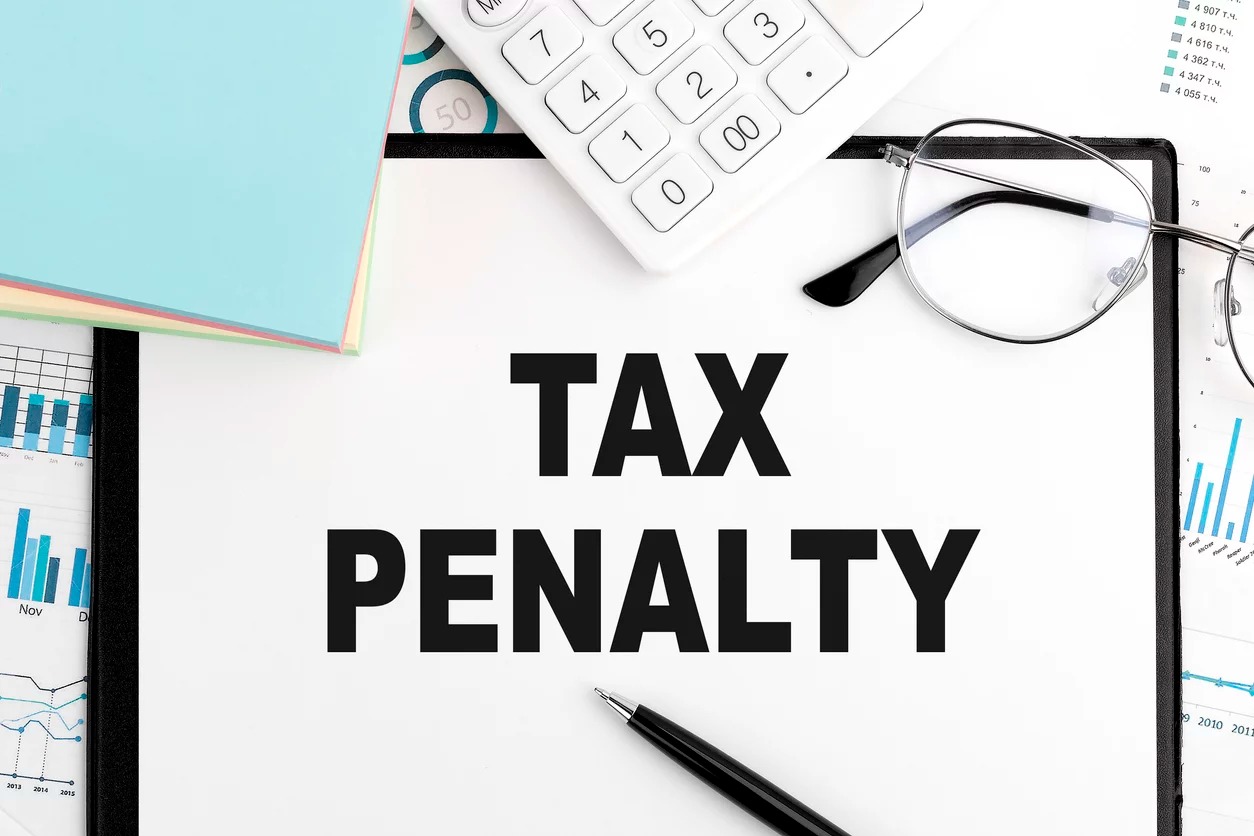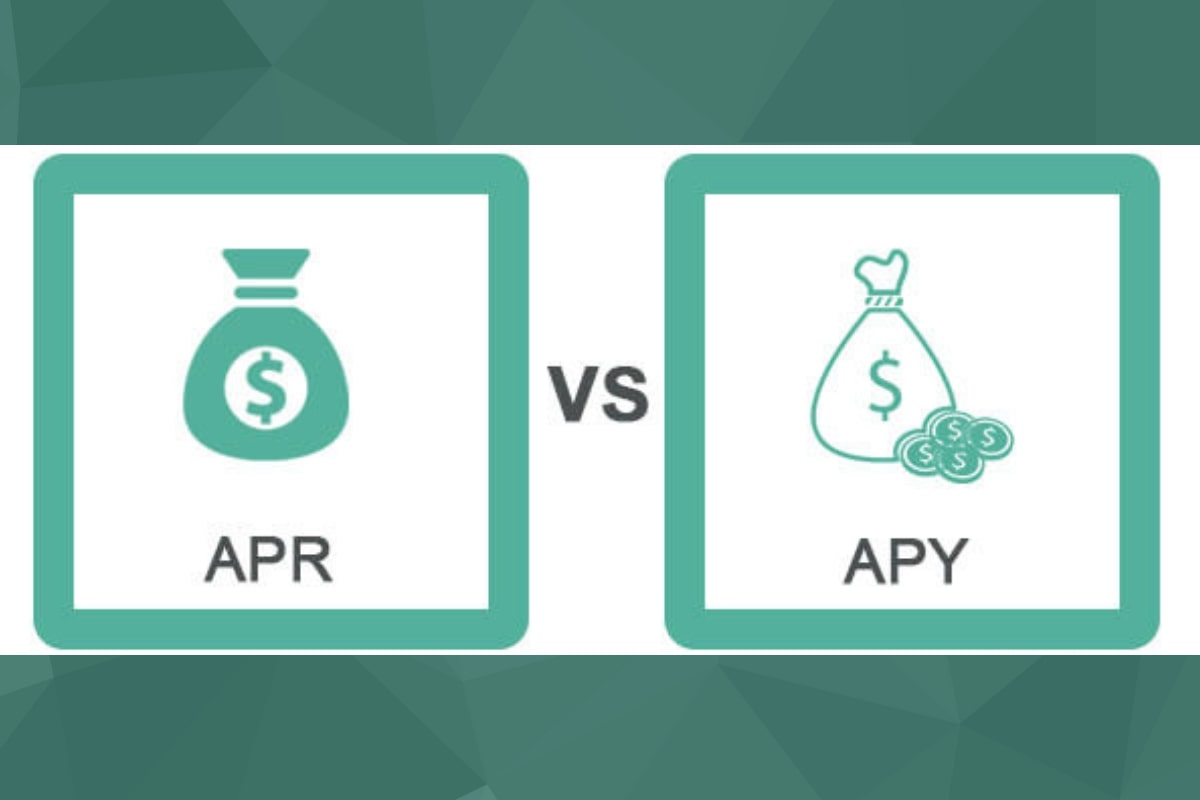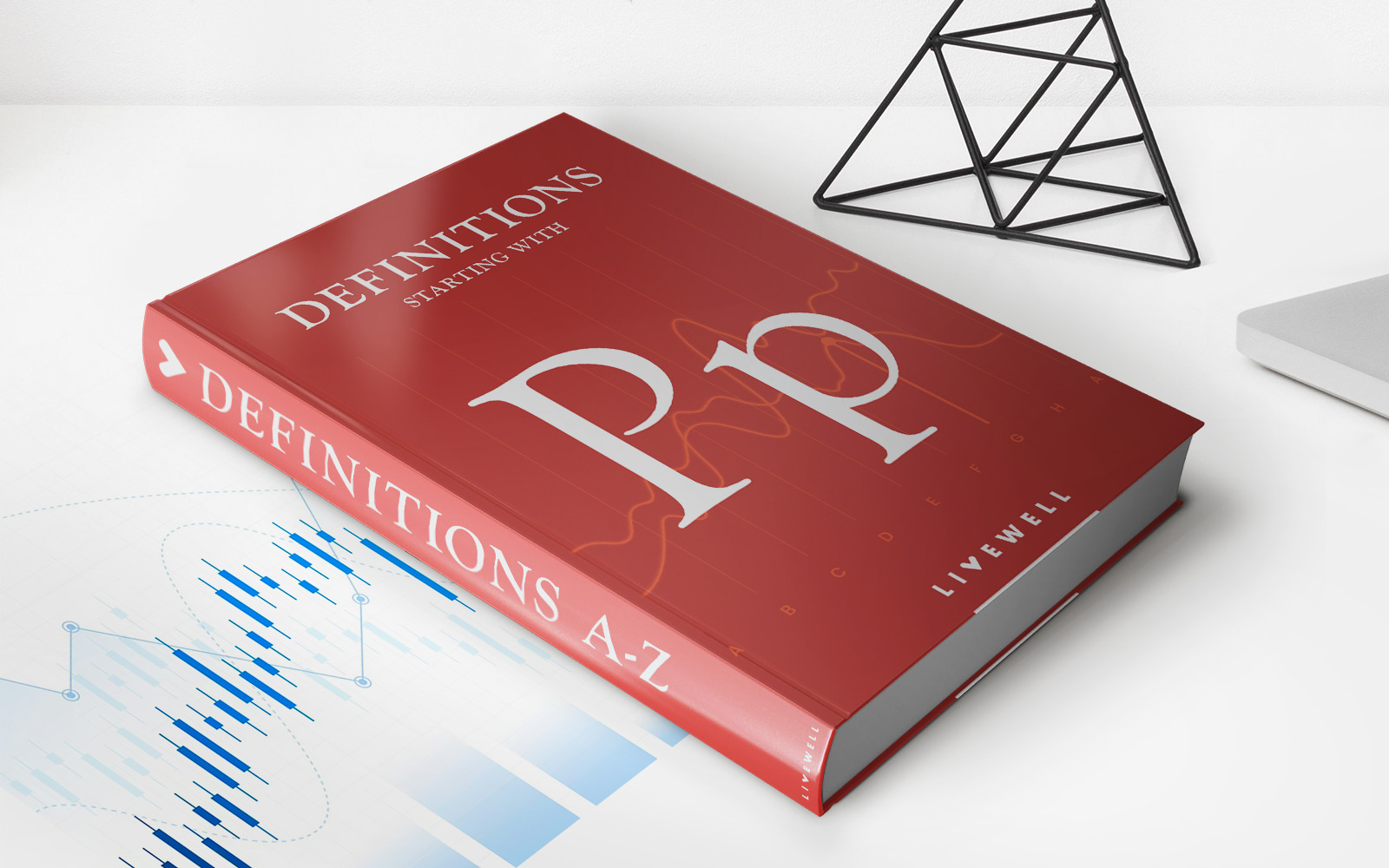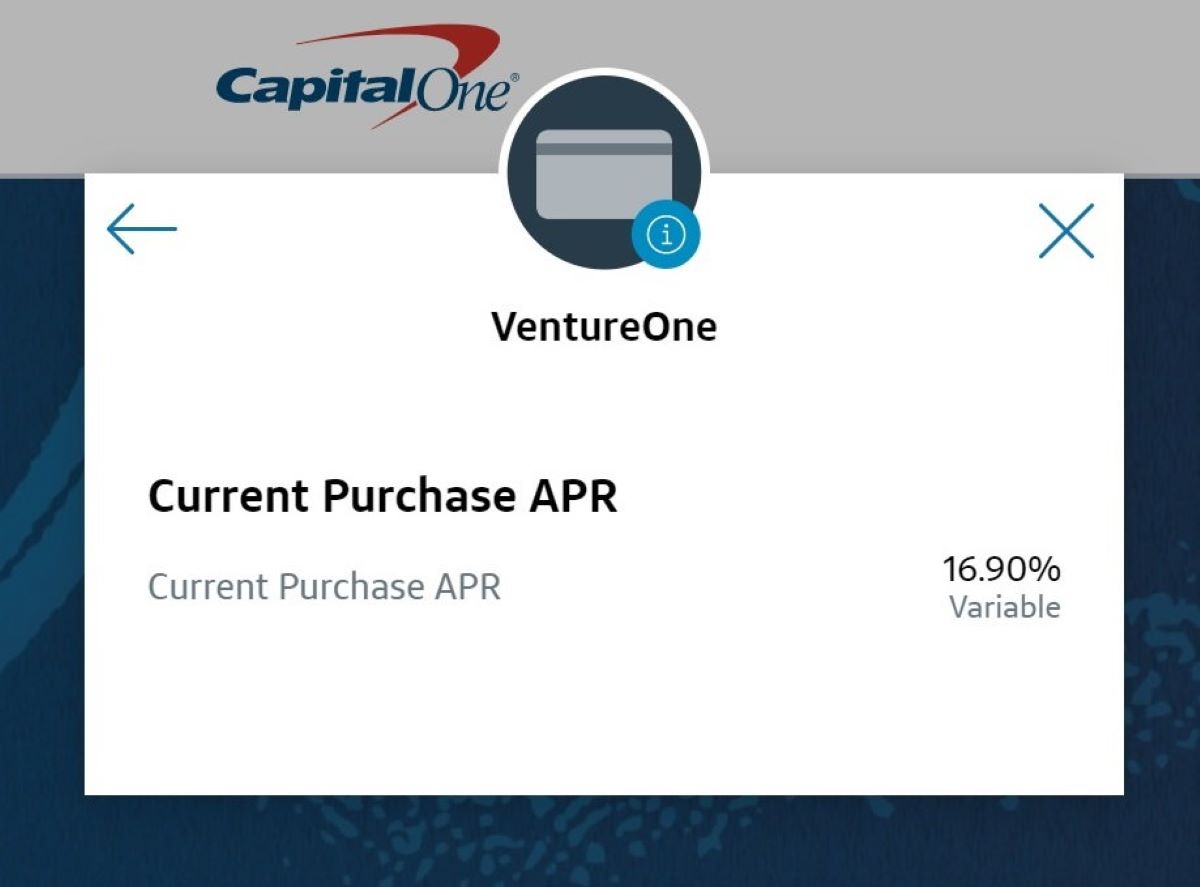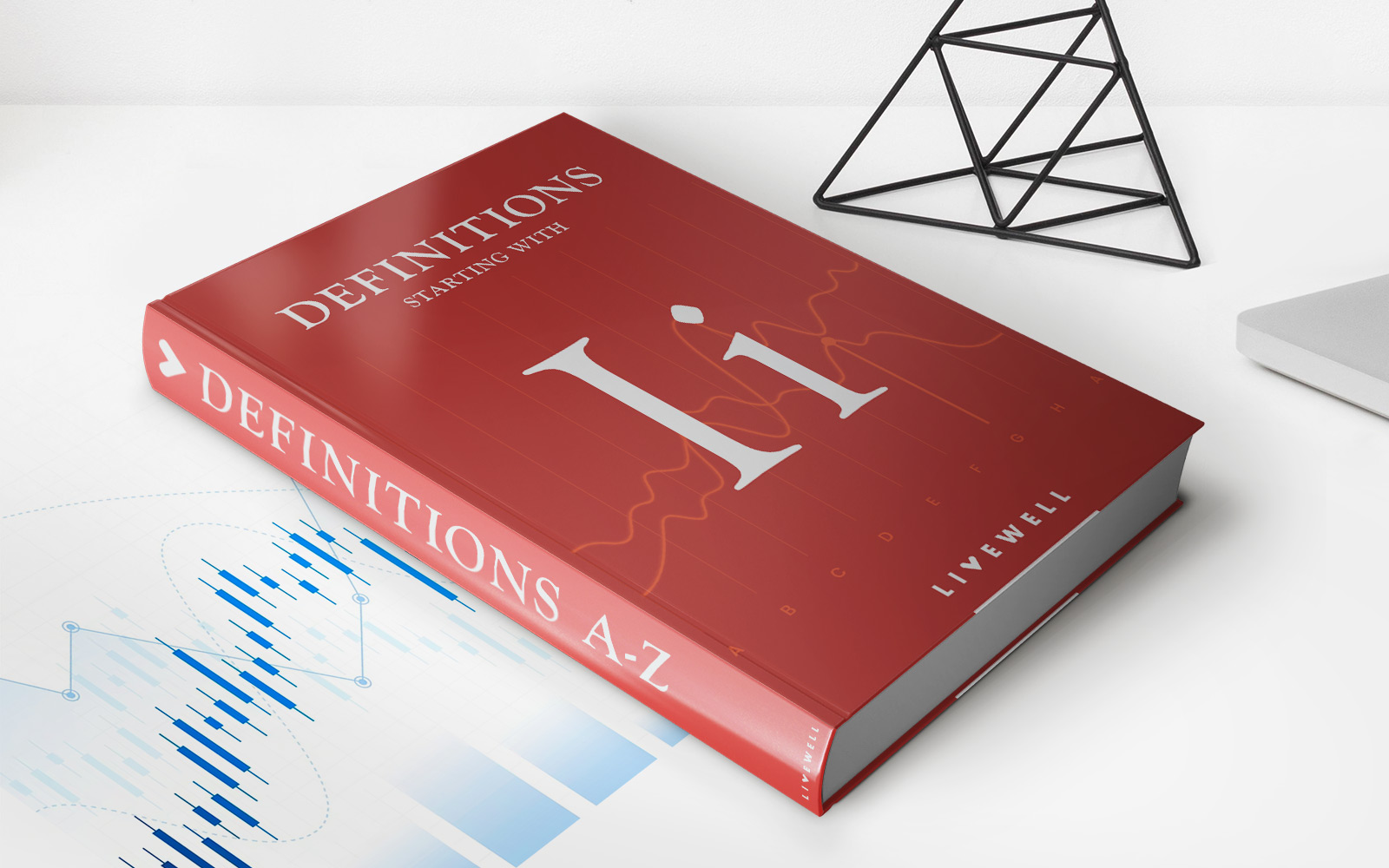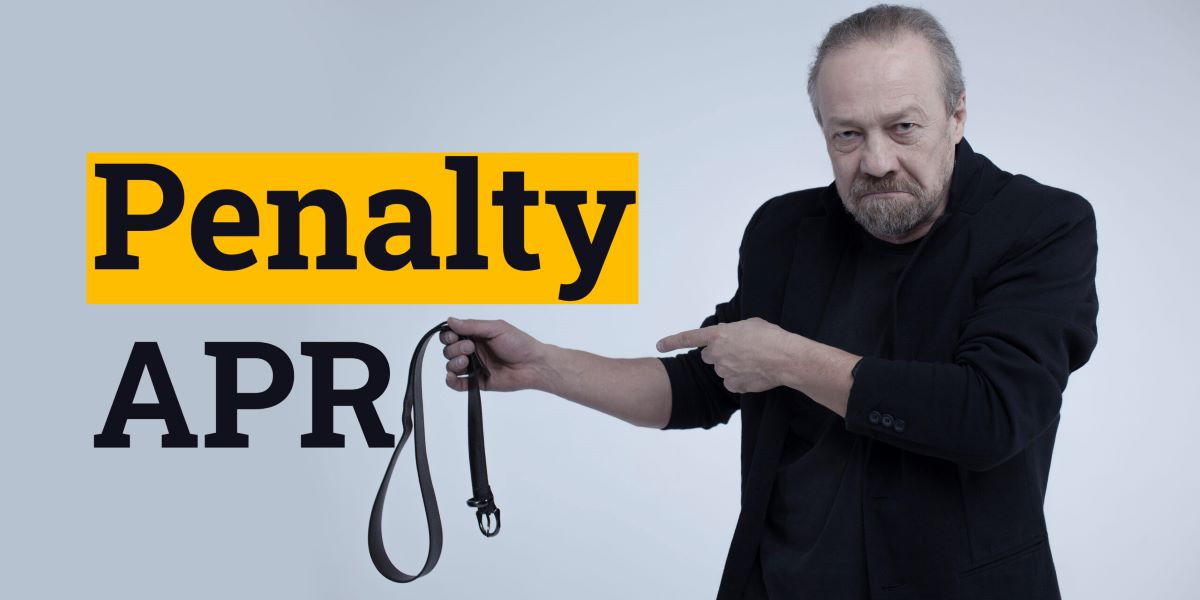

Finance
What Is A Penalty APR?
Published: March 3, 2024
Learn how a penalty APR can impact your finances and credit card debt. Understand the consequences and how to avoid triggering a penalty APR.
(Many of the links in this article redirect to a specific reviewed product. Your purchase of these products through affiliate links helps to generate commission for LiveWell, at no extra cost. Learn more)
Table of Contents
Introduction
Understanding Penalty APR
When it comes to managing your finances, credit cards can be incredibly useful tools. They provide convenience, financial flexibility, and the opportunity to build a positive credit history. However, it’s essential to understand the various terms and conditions associated with credit cards to make informed decisions and avoid potential pitfalls. One crucial aspect to be aware of is the Penalty Annual Percentage Rate (APR), which can have significant implications for cardholders.
Penalty APR is the higher interest rate that credit card companies may impose on your outstanding balance if you fail to meet certain terms and conditions outlined in your card agreement. This elevated APR can be triggered by specific actions, such as making late payments or exceeding your credit limit. Essentially, it serves as a deterrent to encourage responsible credit card usage and prompt repayment.
Understanding the implications of Penalty APR is vital for anyone who holds a credit card. By gaining insight into this aspect of credit card terms, individuals can take proactive steps to avoid triggering the penalty rate and mitigate its potential impact on their financial well-being.
Understanding Penalty APR
Penalty APR, or Penalty Annual Percentage Rate, is a higher interest rate that credit card companies may apply to your outstanding balance under specific circumstances. This elevated APR is typically invoked as a consequence of certain actions that breach the terms and conditions outlined in your credit card agreement. Common triggers for Penalty APR include late payments, exceeding the credit limit, and returned payments.
When you open a credit card account, the terms and conditions provided by the issuer detail the Penalty APR and the specific conditions that may lead to its application. It's essential to review and understand these terms to ensure that you are aware of the potential consequences of failing to adhere to the stipulated guidelines.
The Penalty APR is often significantly higher than the standard APR associated with the credit card. While the standard APR can already be a substantial financial burden if balances are carried over from month to month, the Penalty APR exacerbates this burden, resulting in increased interest charges on the outstanding balance.
It's important to note that not all credit card issuers apply Penalty APR, and the specific conditions triggering its application can vary between different card agreements. Therefore, it's crucial for cardholders to familiarize themselves with the terms and conditions specific to their credit cards to understand the potential implications of Penalty APR.
Understanding the mechanics of Penalty APR empowers cardholders to make informed financial decisions and encourages responsible credit card usage. By being aware of the circumstances that can lead to the imposition of the Penalty APR, individuals can take proactive measures to avoid triggering this higher interest rate and safeguard their financial well-being.
When Penalty APR Is Applied
The application of Penalty APR is contingent upon specific actions or behaviors that contravene the terms and conditions outlined in your credit card agreement. Understanding when Penalty APR may be applied is crucial for maintaining financial prudence and avoiding potential repercussions.
Common scenarios that may lead to the imposition of Penalty APR include:
- Late Payments: Failing to submit at least the minimum payment by the due date specified on your credit card statement can result in the activation of Penalty APR. It’s imperative to adhere to payment deadlines to prevent the escalation of interest rates.
- Exceeding the Credit Limit: If you surpass your approved credit limit, either through new transactions or accrued fees and interest, the credit card issuer may implement Penalty APR as a consequence.
- Returned Payments: When a payment made towards your credit card account is returned due to insufficient funds or other reasons, it can trigger the application of Penalty APR.
It’s important to note that the specific conditions that lead to the activation of Penalty APR can vary between credit card issuers and individual card agreements. Therefore, thoroughly reviewing the terms and conditions provided by your credit card issuer is essential for understanding the circumstances that may result in the imposition of Penalty APR.
By familiarizing yourself with the actions or situations that can lead to the application of Penalty APR, you can take proactive measures to mitigate the risk of incurring this higher interest rate. Maintaining timely payments, staying within your credit limit, and ensuring the availability of funds for payments are essential strategies to avoid triggering Penalty APR and its potential financial implications.
How Penalty APR Affects Your Credit Card
When Penalty APR is applied to your credit card account, it can have significant implications for your financial situation and the overall management of your credit card balances. Understanding how Penalty APR affects your credit card is essential for making informed decisions and mitigating potential adverse outcomes.
The primary ways in which Penalty APR can impact your credit card include:
- Increased Interest Charges: Penalty APR typically represents a substantially higher interest rate than the standard APR associated with your credit card. As a result, any outstanding balances subject to Penalty APR will accrue interest at a much faster rate, leading to increased overall interest charges.
- Financial Strain: The heightened interest charges resulting from Penalty APR can place additional financial strain on cardholders who carry balances from month to month. This can lead to increased debt and make it more challenging to pay off the outstanding balance.
- Credit Score Impact: Persistent utilization of Penalty APR and the associated financial challenges can potentially impact your credit score. Increased debt levels and financial stress may affect your credit utilization ratio and payment history, which are key factors in credit scoring models.
- Long-Term Consequences: If Penalty APR leads to a cycle of escalating debt and financial hardship, it can have long-term consequences for your financial well-being. It’s crucial to address Penalty APR promptly to prevent its lingering impact on your credit card balances and overall financial health.
By comprehending the potential ramifications of Penalty APR, cardholders can take proactive steps to avoid triggering this higher interest rate and mitigate its effects if it is already in place. Maintaining timely payments, staying within credit limits, and actively managing credit card balances are essential strategies for minimizing the impact of Penalty APR on your financial stability.
Ultimately, being aware of how Penalty APR affects your credit card empowers you to make informed financial decisions and cultivate responsible credit card usage habits. By prioritizing financial prudence and adhering to the terms and conditions of your credit card agreement, you can mitigate the potential challenges posed by Penalty APR and maintain control over your financial well-being.
Avoiding Penalty APR
Preventing the imposition of Penalty APR is a fundamental aspect of responsible credit card management. By taking proactive measures and adhering to best practices, cardholders can minimize the risk of incurring this higher interest rate and maintain control over their financial well-being.
Key strategies for avoiding Penalty APR include:
- Timely Payments: Ensuring that credit card payments are made on or before the specified due date is essential for preventing the activation of Penalty APR. Setting up automatic payments or calendar reminders can help you stay on track with your payment schedule.
- Credit Limit Awareness: Monitoring your credit card balances and staying well within your approved credit limit can prevent the triggering of Penalty APR due to exceeding the limit. Regularly reviewing your available credit and outstanding balances is crucial for maintaining financial prudence.
- Financial Planning: Developing a comprehensive financial plan that includes provisions for credit card payments can help you avoid potential late payments and returned payments that may lead to Penalty APR. Budgeting and managing your finances effectively contribute to responsible credit card usage.
- Communication with the Issuer: In certain situations where unforeseen circumstances may affect your ability to make timely payments, communicating with your credit card issuer can be beneficial. Some issuers may offer flexibility or alternative arrangements to assist cardholders in avoiding Penalty APR.
By integrating these strategies into your financial management practices, you can significantly reduce the likelihood of encountering Penalty APR and its associated financial implications. Proactive and informed credit card usage is essential for maintaining a positive financial trajectory and avoiding unnecessary interest charges.
Furthermore, regularly reviewing the terms and conditions of your credit card agreement and staying informed about any updates or changes can enhance your awareness of the specific conditions that may lead to the application of Penalty APR. This proactive approach enables you to align your credit card usage with the stipulated guidelines and minimize the risk of triggering Penalty APR.
Ultimately, by prioritizing financial diligence and responsible credit card management, you can navigate your credit card usage with confidence and minimize the potential impact of Penalty APR on your financial stability.
Conclusion
Understanding the nuances of Penalty APR is integral to maintaining financial prudence and effectively managing credit card balances. By familiarizing yourself with the conditions that may trigger Penalty APR and implementing proactive strategies to avoid its imposition, you can safeguard your financial well-being and minimize unnecessary interest charges.
It’s essential for cardholders to prioritize timely payments, stay within their credit limits, and maintain open communication with their credit card issuers to prevent the activation of Penalty APR. Additionally, staying informed about the terms and conditions of your credit card agreement and actively managing your financial resources contribute to responsible credit card usage and mitigate the risk of encountering Penalty APR.
By recognizing the potential impact of Penalty APR on your credit card, including increased interest charges, financial strain, and potential credit score implications, you can make informed decisions to mitigate its effects and maintain control over your financial trajectory. Cultivating proactive financial management practices and adhering to the guidelines outlined in your credit card agreement are essential for avoiding the pitfalls associated with Penalty APR.
In conclusion, by integrating awareness, diligence, and strategic financial planning into your credit card usage, you can navigate the potential challenges posed by Penalty APR with confidence. Prioritizing responsible credit card management empowers you to maintain financial stability, minimize unnecessary interest expenses, and cultivate a positive credit history.

